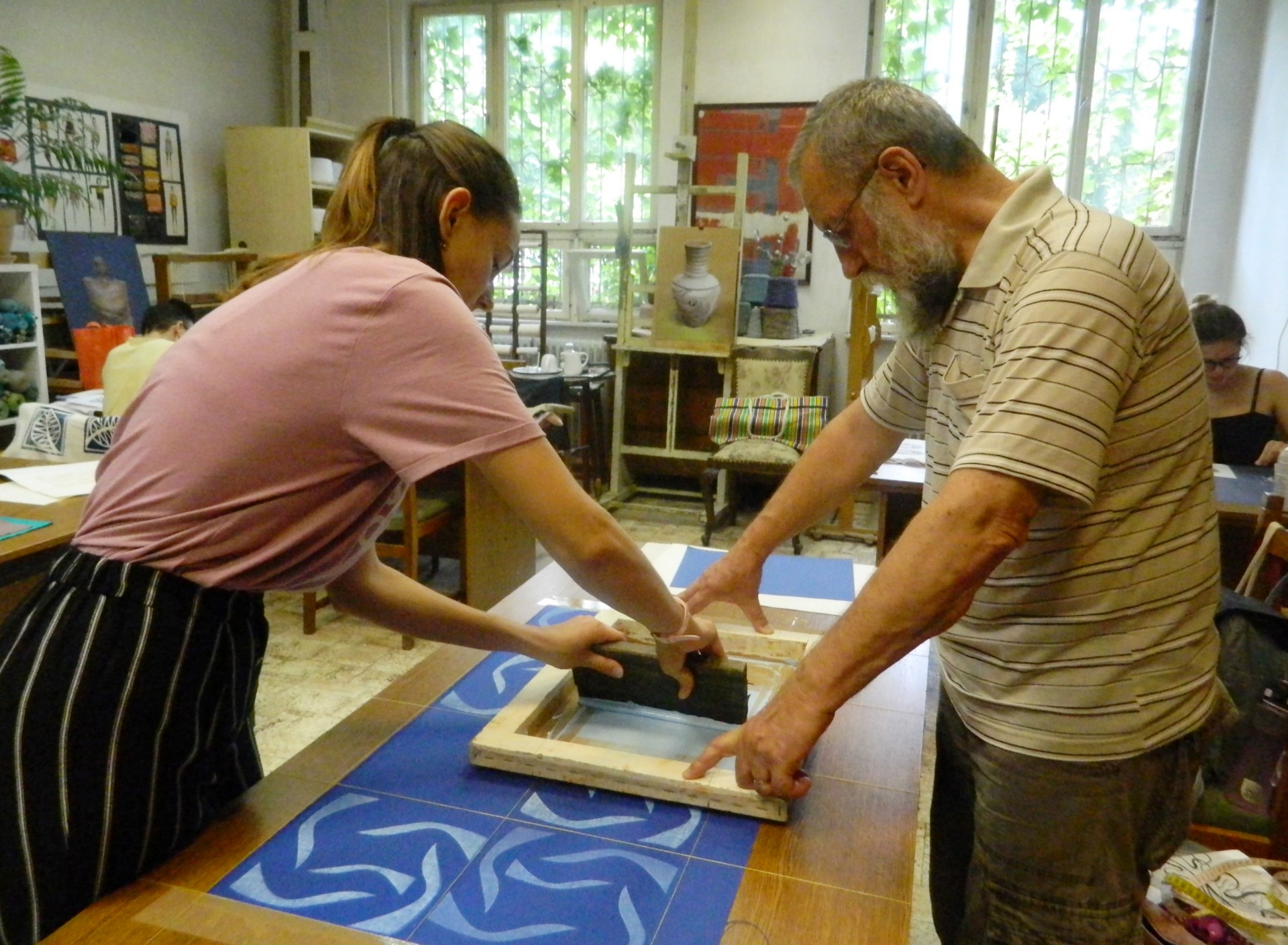Sándor Petőfi's uniqueness can be perceived by people who are very distant from Hungarians and who feel a certain sympathy for them, such as the Chinese.Continue reading
The Road – János Fajó and the Pest Workshop (Út – Fajó János és a Pesti Műhely) is a traveling exhibition in several major cities in China, in cooperation with the Arts and Culture Division of the Central Bank of Hungary and the Fajó Foundation. The art collection, launched by the bank, will be presented at the Liu Haisu Art Museum in Shanghai on 19 August.
The bank began building its contemporary collection in 2020, focusing on Hungarian geometric abstract and neo avant-garde artists who were at the forefront of the world’s most progressive movements in the 1960s and 1970s. The collection has since been expanded to include works by the middle generation and the youngest generation.
The material in the exhibition focuses on the founding members of the Pest Workshop, who were active in screen-printing between 1971 and 1988 and formed the defining artistic community of the period. Several important works by each member of the Pest Workshop (Imre Bak, János Fajó, Tamás Hencze, Ilona Keserü, András Mengyán and István Nádler) are included in the collection of the Central Bank of Hungary, selected by curator Zita Sárvári, and supplemented by the Fajó Foundation’s own material and works on loan.
The division does not have its own exhibition space, but we are constantly looking for opportunities to make our collection visible to the public. The international presentation of the Central Bank of Hungary collection has a positive impact not only on the reputation of the bank, but also on the image of the country,
stressed Kinga Hamvai, Head of the Arts and Culture Division of the Central Bank of Bank, responsible for the care of the collection.

Use of the screen printing machine. Photo via gimhaz.hu
The mission of the Central Bank of Hungary Arts and Culture collection is to make the bank’s contemporary collection visible abroad as well as to the domestic audience. The exhibition series will be on display in several major cities in China from August 19 to September 17.
Via MTI, Featured photo via Facebook/Gioia Lyu